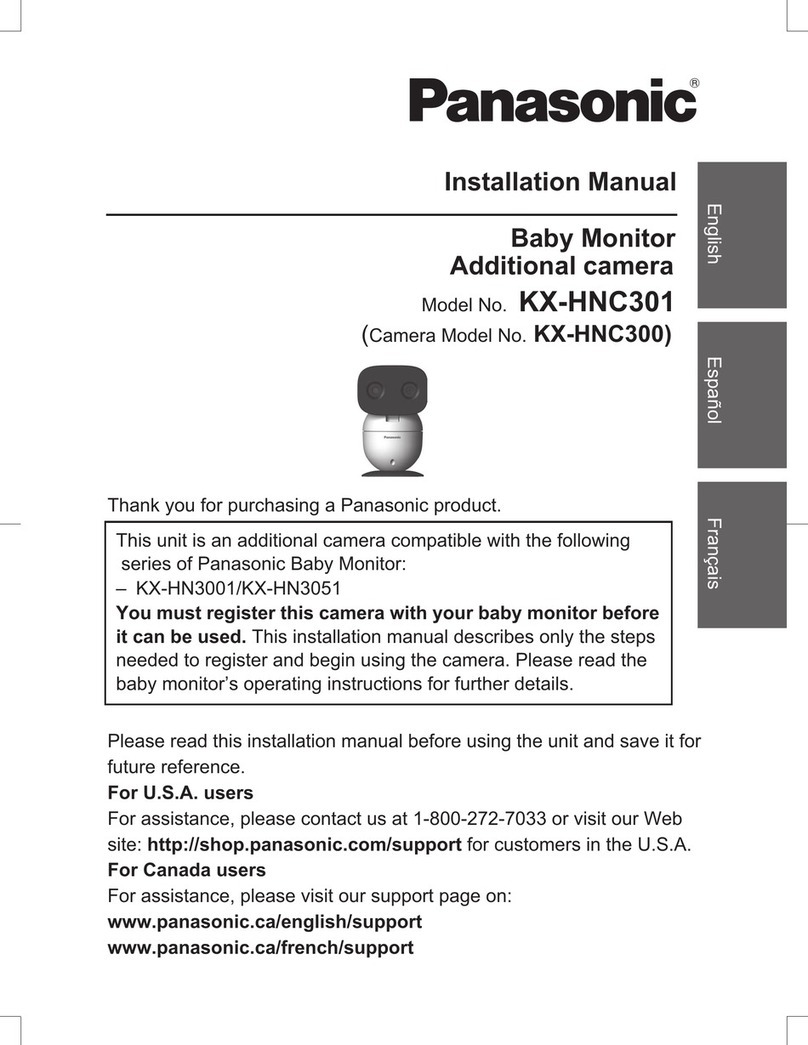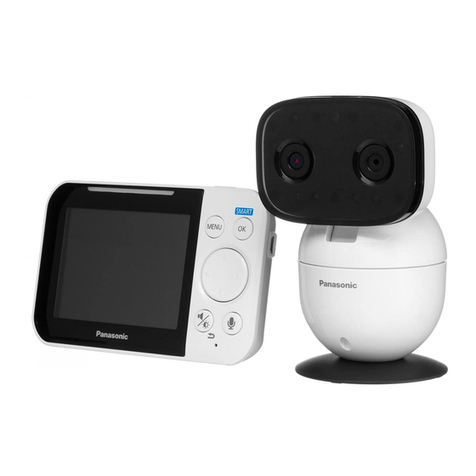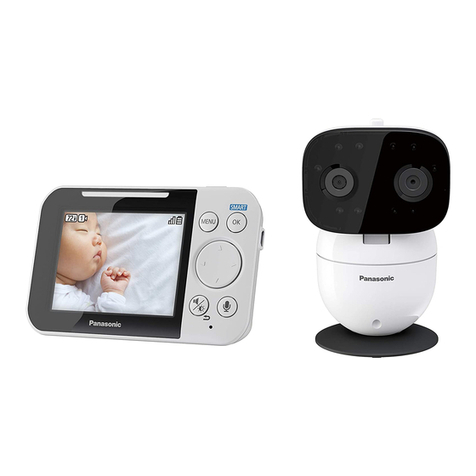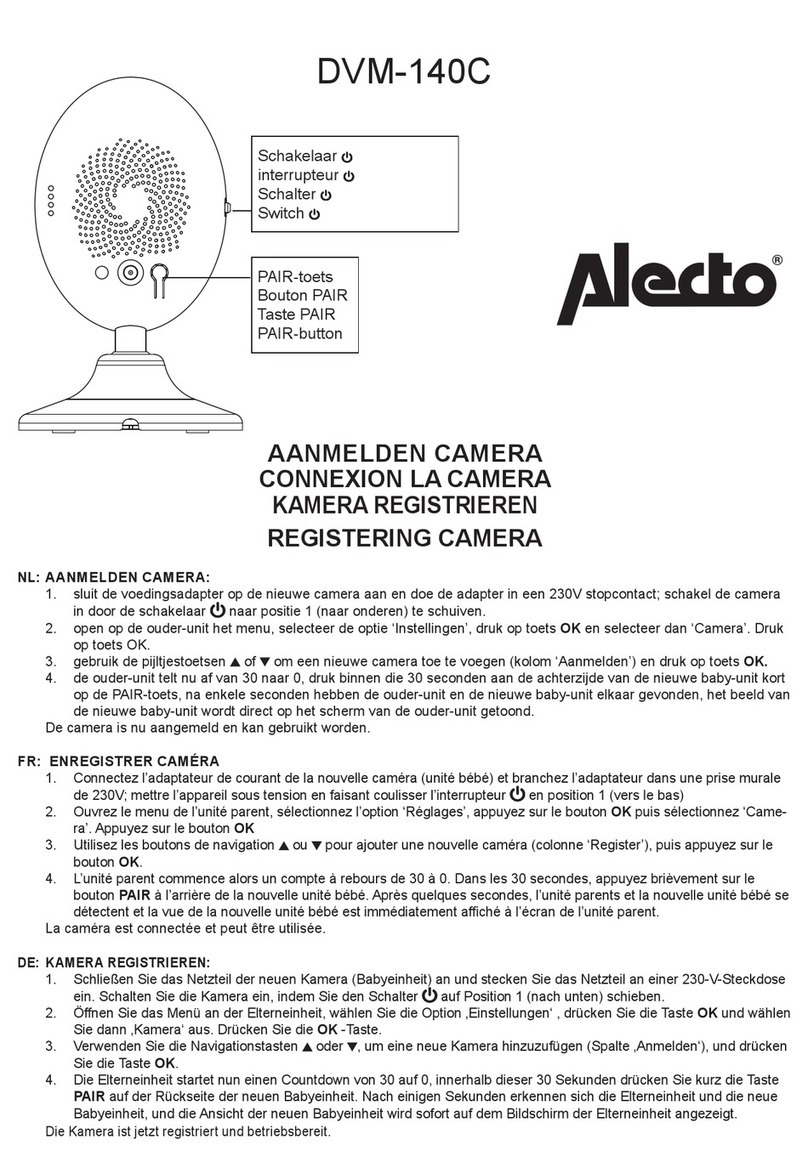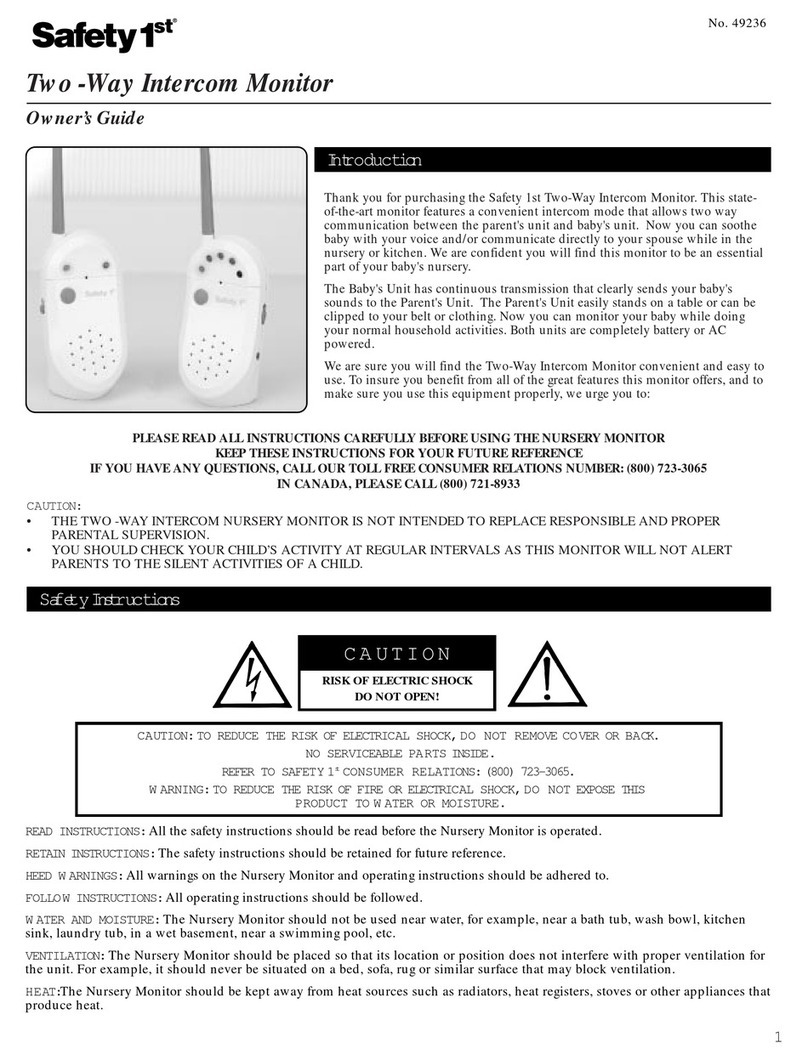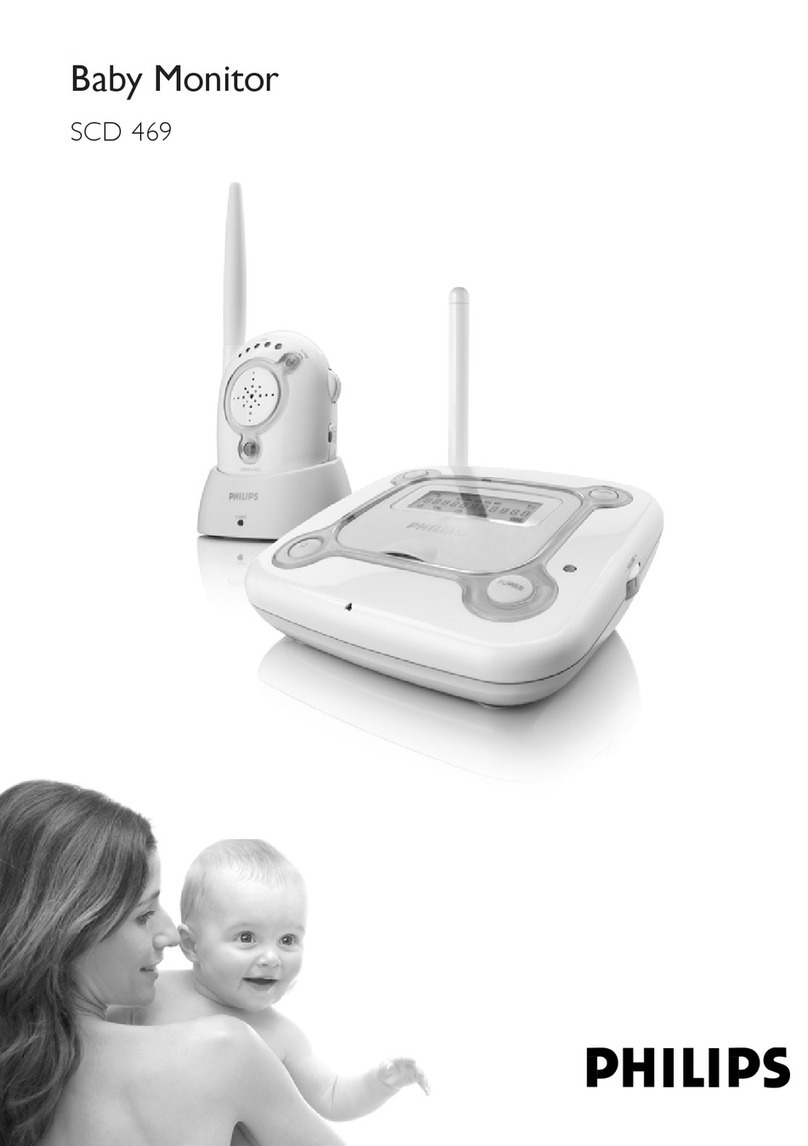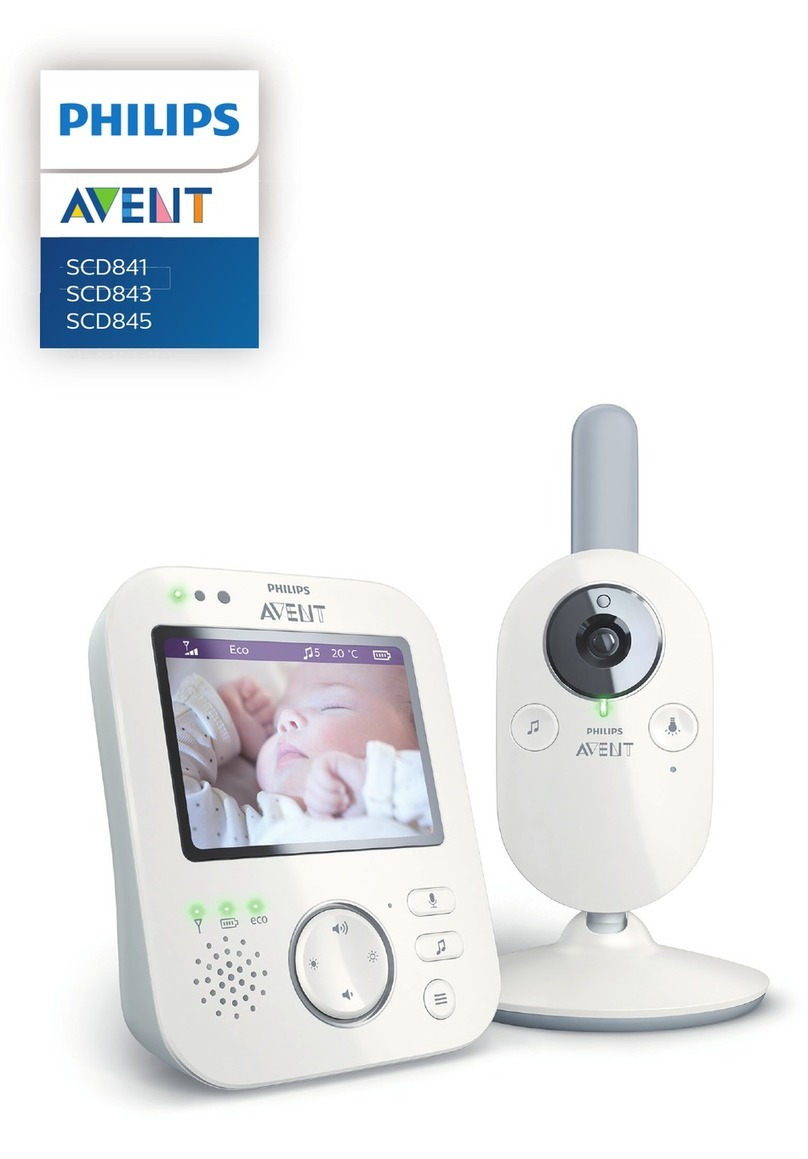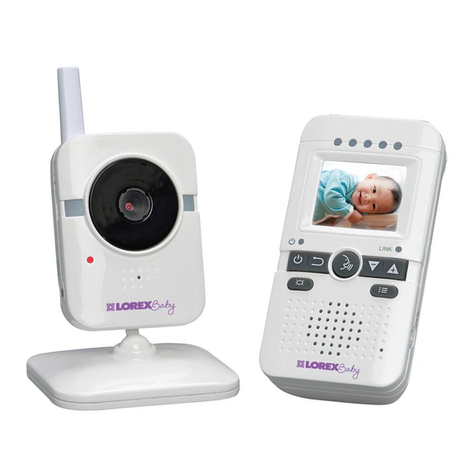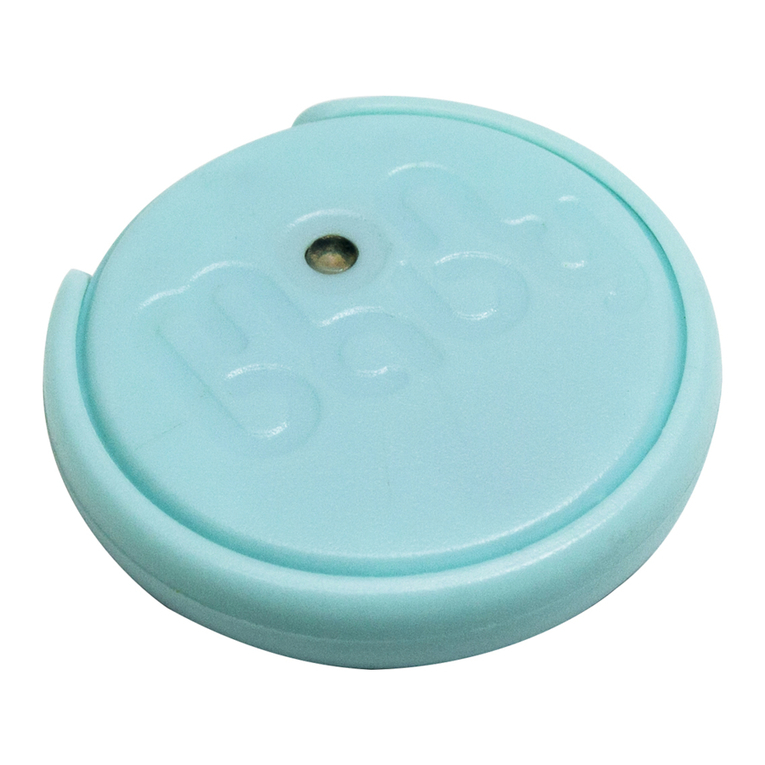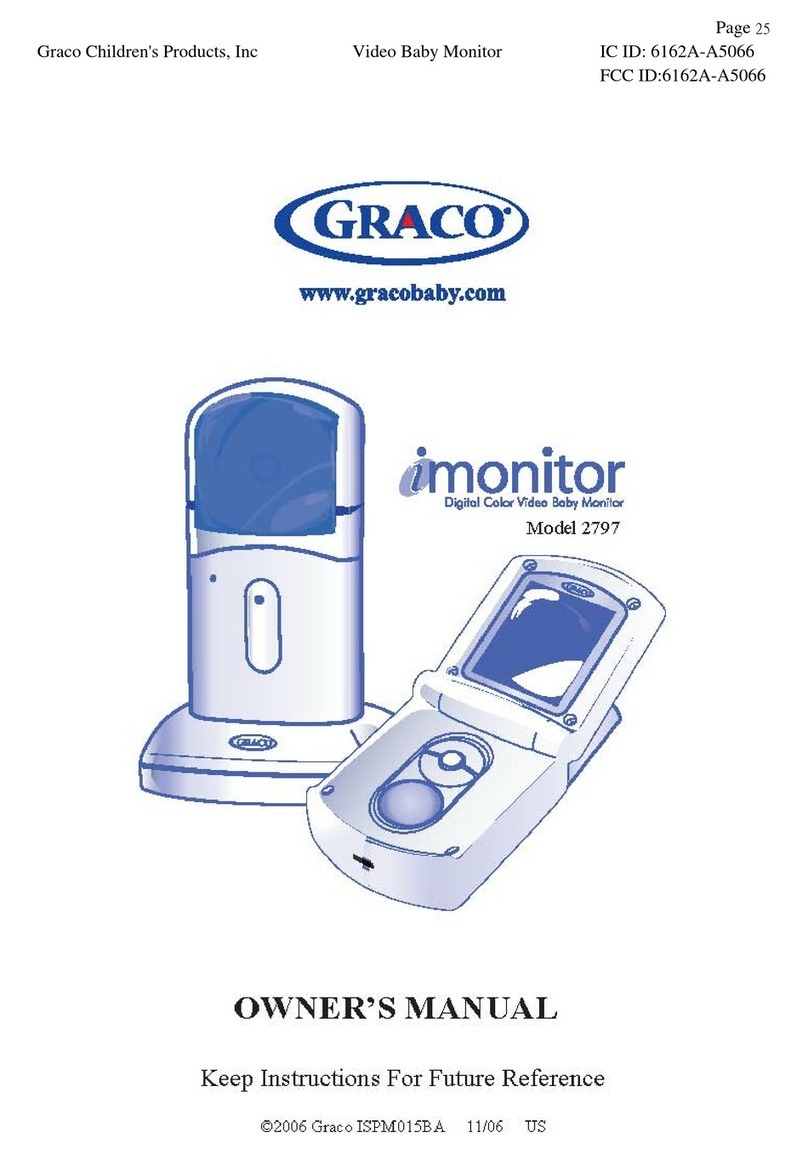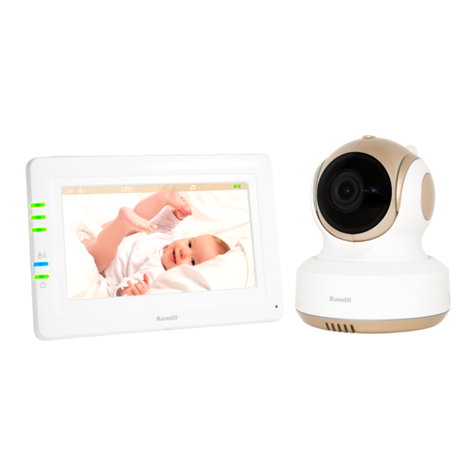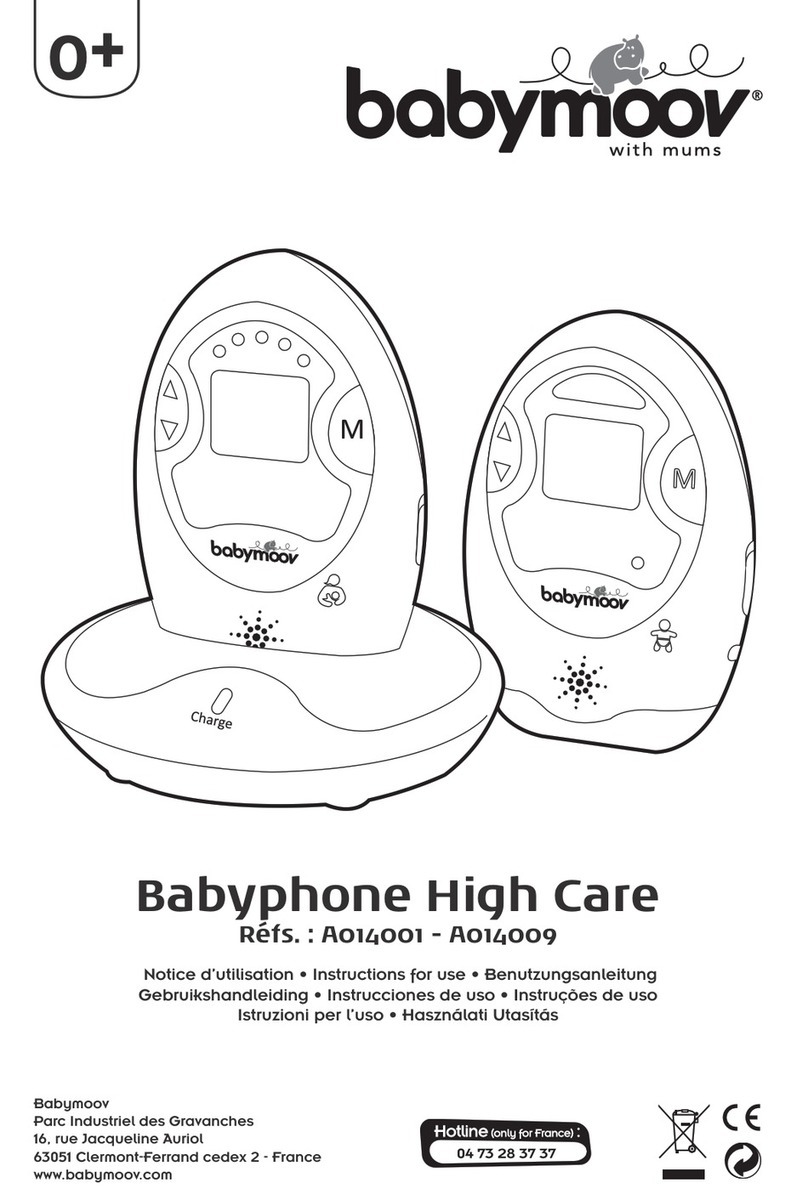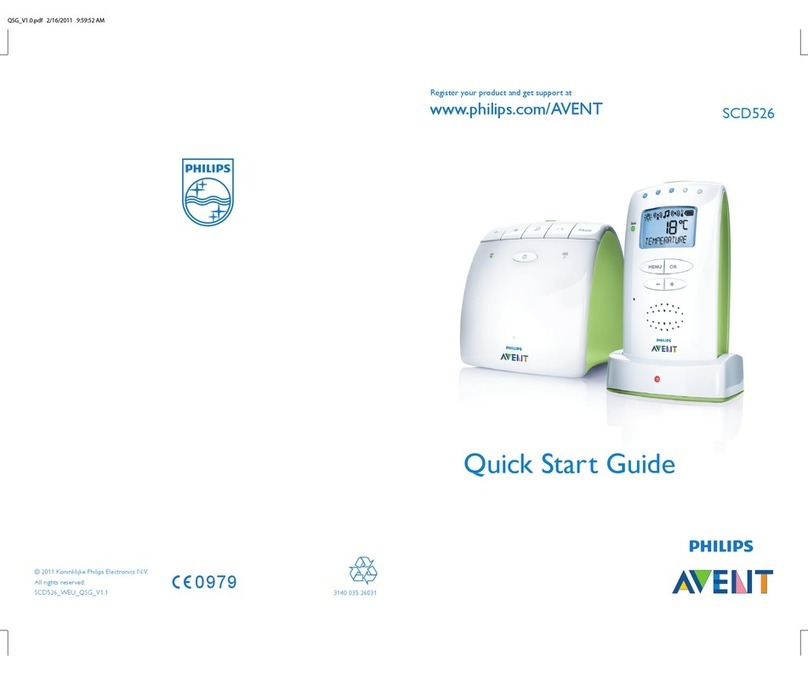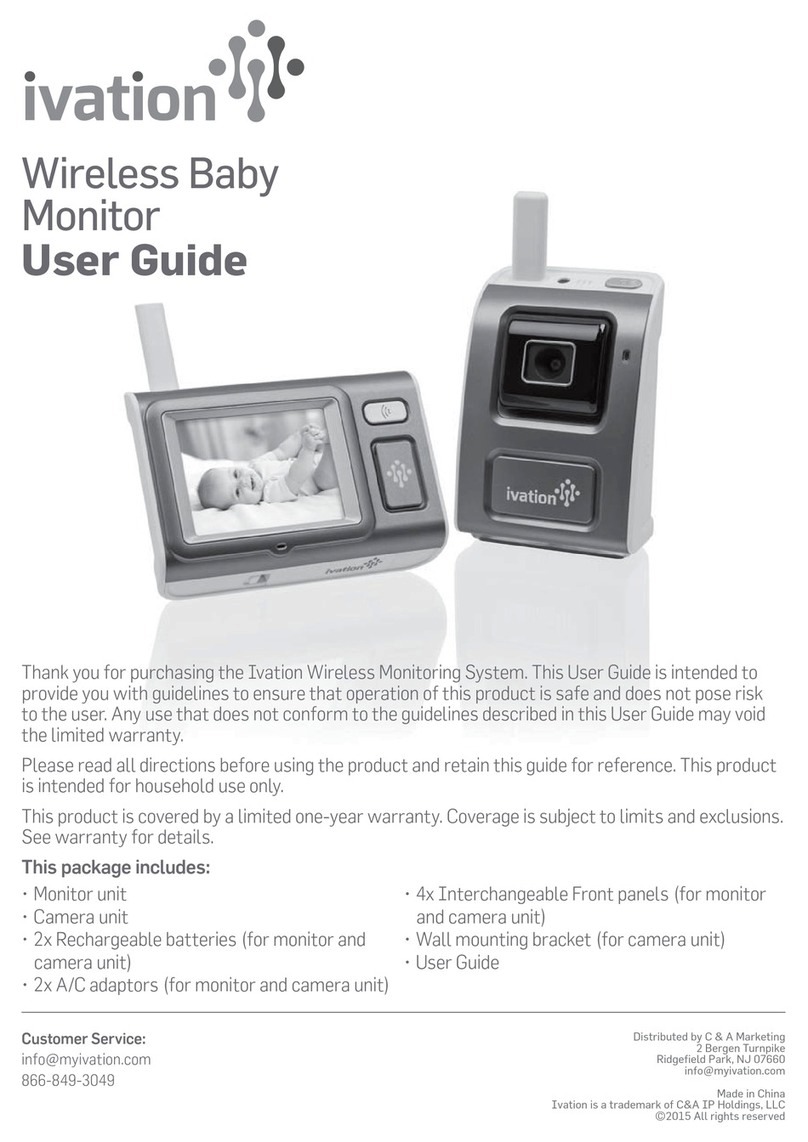2-2 Video Processing Circuit
2-2-l Camera Detection Circuit
This circuit detects whether camera is connected or not. This
monitor has four camera detection circuits and these four
circuits are exactly same, so that the camera detection
crrcurt
for camera-l will be described.
When the camera WV-BL90 is connected to camera-l IN
connector CNlOl and power switch of the vrdeo monitor is
turned ON, approx. +
12V
DC is supplied from the camera
power circuit to the connected camera. At this time, +
12V
DC is also supplied to
44
for turning
It
OFF and
Q5
OFF. The H
level at collector of
Q5
is supplied to pin 7 of
IC6
and
lC6
recognizes that camera-l is connected.
When camera is not connected to the video monitor or the
coaxial cable is disconnected in the operating condition, no
DC power is supplied to power line since
misconnection
protection circuit functions. At this trme, both Q4 and
Q5
are
turned ON, pin 7 of
lC6
becomes L level and
IC6
recognizes
that camera-l is not connected.
2-2-2 Camera Selection Circuit
This circuit selects the camera signal which is supplied to
signal processing circuit for observing the selected prcture on
the monitor. Four camera selection
circutts
are existed on the
monitor and are exactly same, so that the camera-l will be
described.
When camera-l is selected by sequence mode or spot
monitoring mode, pin 2 of
IC6
becomes L level and the L level
is fed to
Q6
to turn ON Q6. Therefore the camera-l signal
obtained at Pin 3 of
46
is supplied to signal processing circuit.
2-2-3 Signal Processing Circuit
The video signal from the camera-l supplied to Q6 on the
control board is mixed with the VD pulse which is sent
through VD pulse generator
Q12/Q13
and inverter
45
and
supplied to the camera for vertical synchronization.
The vrdeo
srgnal
with VD pulse is supplied through
96
to
clamp circuit
Q20.
In the clamp circuit, horizontal (H) and vertical
(V)
blanking
periods of video signal is clamped by the clamp pulse which is
generated by sync separator
Q19
and clamp pulse generator
consisting of
ICl
(a)
-
(d).
The video signal is sent to VD erase circuit
Q21
where the
Vsync is added and VD pulse is removed by the VDE pulse.
This signal is supplied to slicer consisting of Q22
-
424
where
low level of sync signal is clipped and the sync level is set to
0.3vp-p.
The video
INT/EXT
switching circurt consisting of
426
-
Q29
selects either composite video signal entering VIDEO INPUT
connector or camera video signal swrtched by microprocessor
IC6. When the input selection switch
5~3
on the VR board is
set to CAMERA
posltlon,
pin 53 of IC6 sends
low
level to
427
and Q29 for turning ON
427
and turning OFF
Q2R.
Therefore camera video signal is selected and supplied to
Main board. When SW3 is set to EXT position, high level is
1..
sent to
427
and Q28 and composite video signal externally
enters to the video monitor is supplied to Main board.
The video output circuit consisting of
430
-
431 amplifies
the camera video signal for setting it to specified signal level
and compensates the frequency response. This signal is
supplied to VIDEO OUTPUT connector.
2-3 Remote Control Circuit
This circuit supplies the camera selection signal and reset
signal to the remote control unit WV-32 for auto panning
head or another video monitor for remote control.
This circuit also
supplres
the alarm signal to the additionally
connected buzzer or chime.
0
Camera Remote Output Circuit
When the camera-l is selected by sequence control for
example, pin 2 of microprocessor
IC6
becomes low
(L)
level
during the sequence time set by
VR9
(TIME
ADJ)
on the
Volume board.
This
signal IS supplied through C64 and
RI
16
to
454
and both
454
and
455
are turned ON at the decay
timing of signal and negative trigger obtained at collector
455
is supplied to connected unit.
On the other hand, when the camera-l is selected by spot
monitor control for example, pin 2 of
IC6
becomes L level
during camera-l button is depressed and the L level is
supplied to Q54 for turning both
454
and
455
ON and
negative trigger obtained at collector
Q55
is also supplied to
connected unit for selecting camera-l.
The remote output circuit for the camera-2, camera-3 and
camera-4 functions as same manner as camera-l remote
output circuit.
l Remote Reset Output Circuit
When sequence button is depressed while the video
monrtor
is operated at spot monitor mode, pin 22 of IC6 becomes L
level during the button is depressed. This signal is
supplred
to
462
for turning both Q62 and Q63 ON and the negative
signal/pulse obtained at collector
463
is supplied to
connected products through reset terminal.
l Alarm Standby Output Circuit
While the
video
monitor is operated at standby mode and
spot monitor control signal IS fed to the spot monitor control
terminal, pin 54 of
IC6
becomes L level. This is sent to
Q51
to
turn both 451 and
QSO
ON and the negative
signal/pulse
obtained at collector
Q50
is supplied through standby alarm
,
a-_
output
teimin’al
to connected buzzer or chime to ring it. . .
._
At this time, correspond camera signal is selected and
observed on the monitor screen.
-a-

